OF THE
TIMES
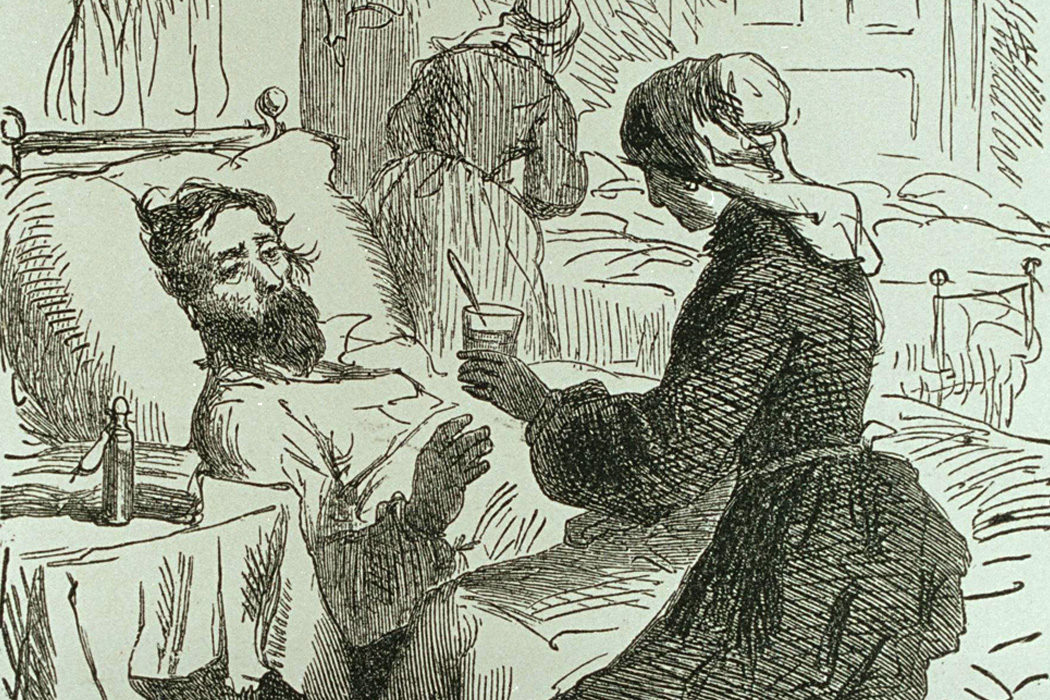
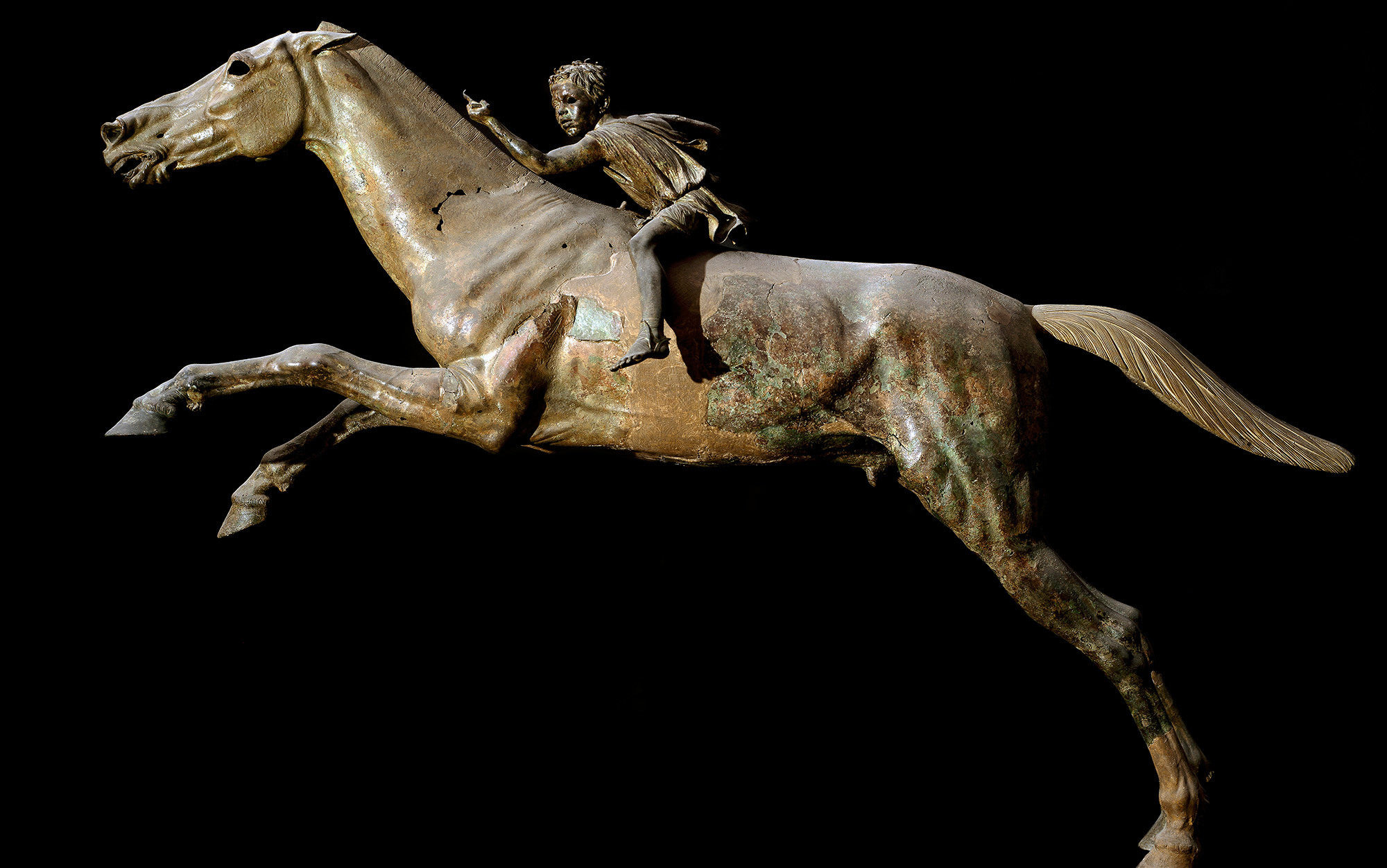
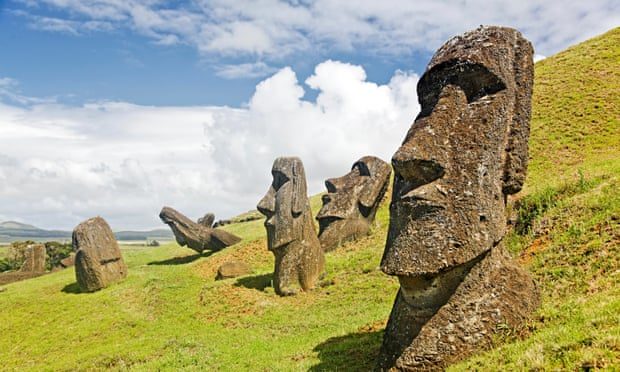
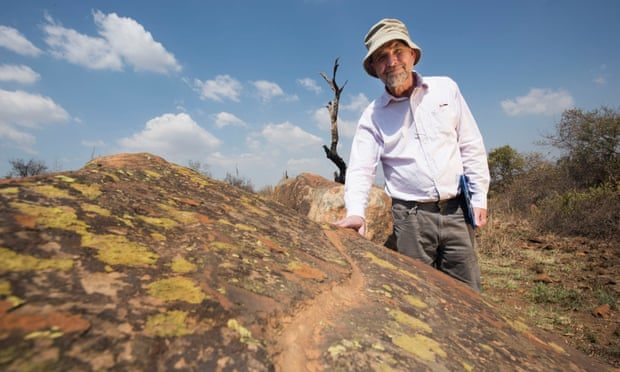
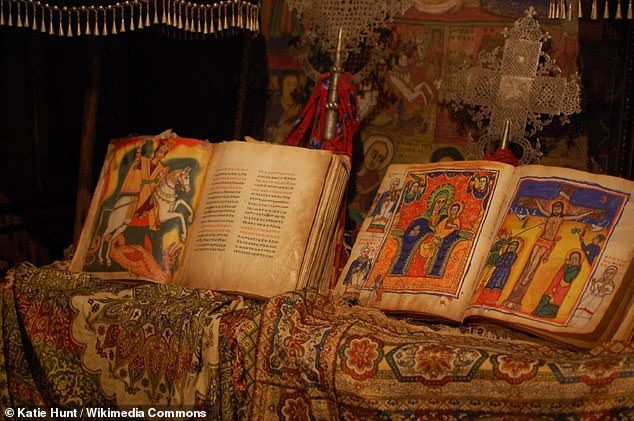
Regarding the idea that ancient manuscripts were created out of whole cloth to support the questions of the thinkers of the Renaissance, as Europe emerged from the Dark Ages, I agree that this is certainly possible - even probable. The question is: was there some sort of memory of that ancient time that infused these ideas with life? Lee McIntyre writes:See also:The Dark Ages are one of the most intriguing periods of human history. They mark a nearly 600-year blank spot in the progress of human civilization in which the knowledge of antiquity almost completely disappeared from the West. It was a time when few people received any sort of education whatsoever, and life was governed by the superstitions and fears fueled by ignorance. (McIntyre, 2006)
Comment: See also: